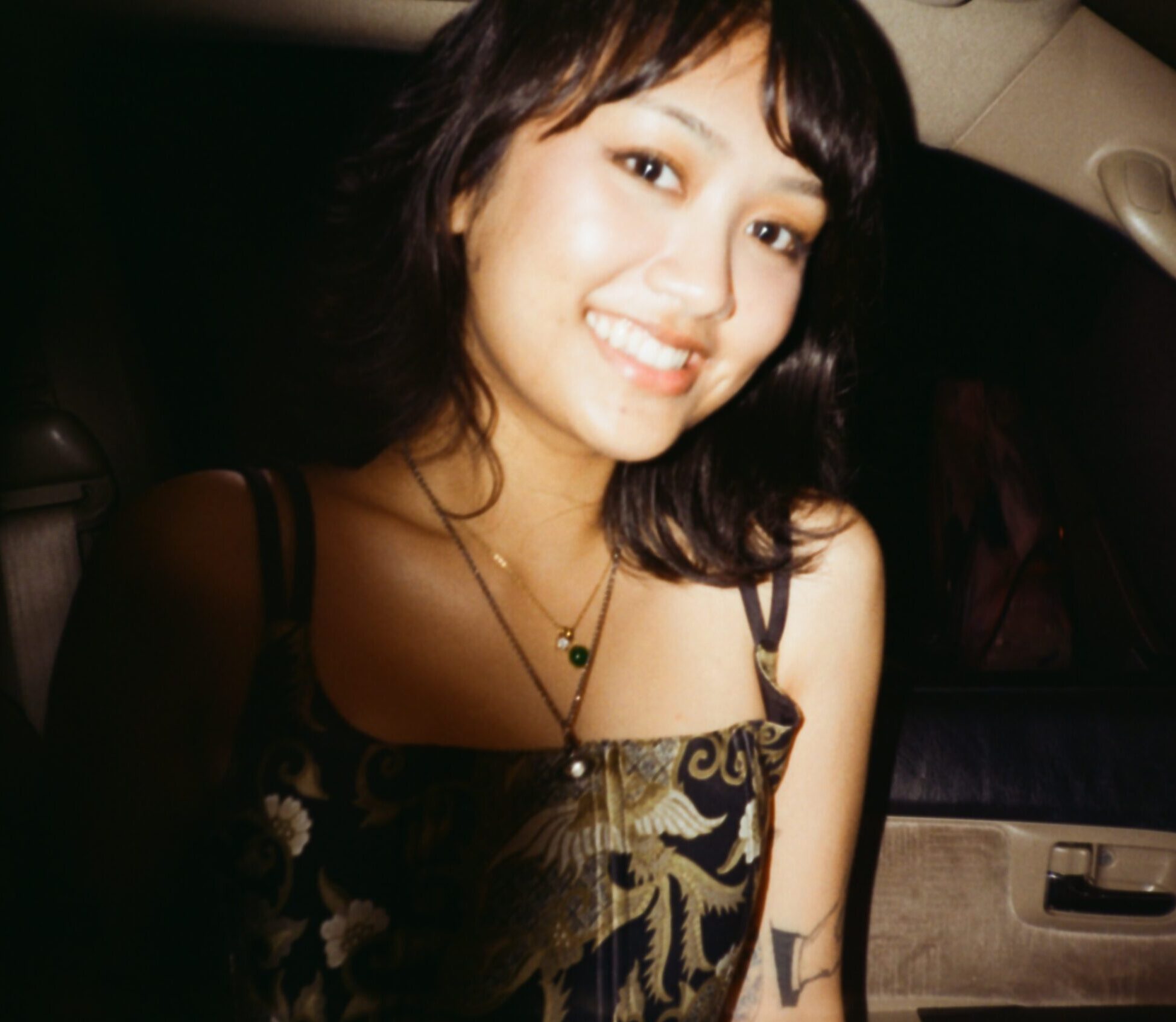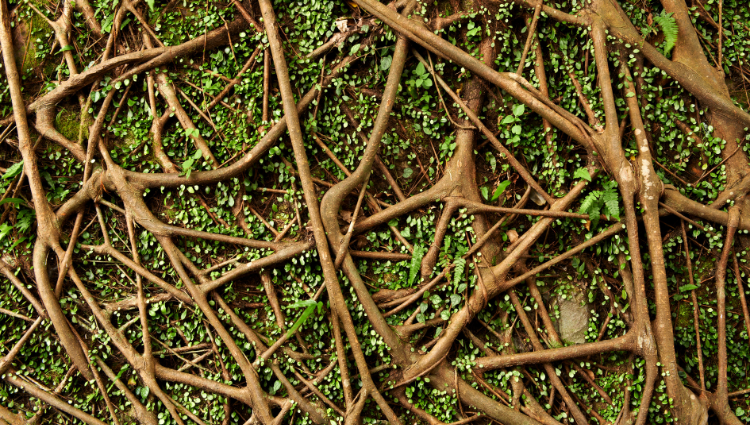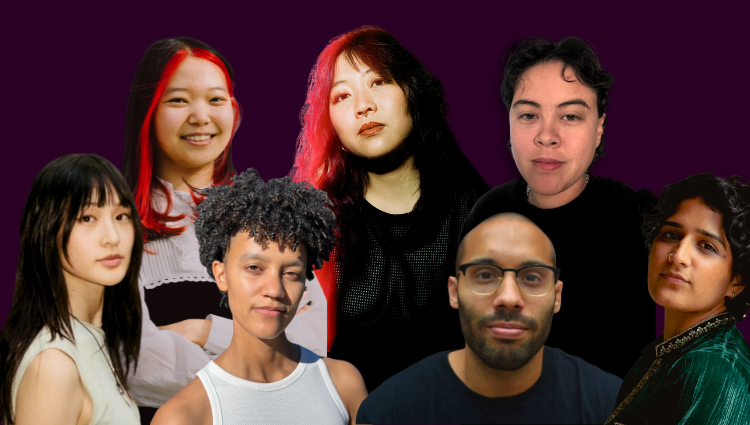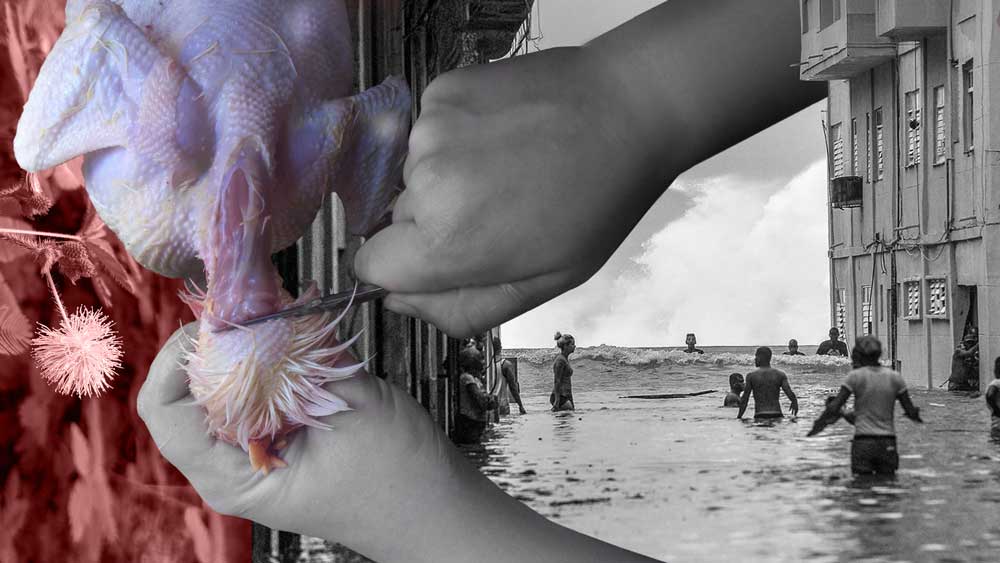Editorial Note: Aquina Dicha was a finalist for our Editors-in-Chief position for our 2025 Community Anthologies. We invited our finalists to write a short piece on the topic of their proposed anthology. Below, get insight into “On Roots,” the anthology topic that Aquina had proposed for her Community Anthology.
One of the major things I have inherited from my mother is her cultural identity and the crisis that comes with it. My mid-twenties have been a deep exploration of who I am, mending the tumultuous relationship that I have with my cultural identity. I have used my art as a way to better understand this, and for a while after graduating university, it felt like there was a part of me that wanted to return. But as to where or what that place looked like? I wasn’t sure. Even now, I still find myself struggling to answer.
Having grown up Taiwanese-Indonesian American and constantly moving to different parts of the world has led me to feel like I have no hometown. I struggle to find a community due to my chaotic upbringing of moving from city to city — and for the most part, country to country — finding it increasingly more difficult because my cultural identity has been called into question in different ways depending on where I am.
I thought I could find answers by moving back to Los Angeles, the place where I was born and the place where I had spent so much of my childhood. What I came to realize, however, is that I had spent so much time overseas that I started to feel culturally disconnected here as well. Los Angeles had previously been the last place I felt secure in my identity. I never felt like the odd one out, something that I now realize is a result of my privilege growing up in a neighborhood where there was no shortage of other Asian Americans who were similarly standing in this weird liminal space between their Asian and American identities. I never needed to question who I was or where I came from because I understood that I was as much Taiwanese and Indonesian as I was American, and there was no one around to challenge that understanding.
While most would think that my need to dissect my heritage is the result of my time growing up in the US — that it is inherently American to want to create art discussing identity politics — it was actually moving to Jakarta at age eleven that incited my need to understand.
I moved to Jakarta to be closer to my grandmother, who raised me like her own child. My grandmother is ethnically Han Chinese. Born and raised in Taipei, she moved to Los Angeles for university, where she had met my grandfather, before eventually settling in Jakarta after their marriage in the late 70s. Adapting to life in Indonesia was extremely difficult for her. Not only did she not speak the language and struggled to learn, but marrying into a Muslim-Javanese family meant coming face-to-face with deeply rooted anti-Chinese sentiment held by many Native Indonesians even today.
Indonesia is a melting pot country consisting of over a thousand ethnic communities. Between the country’s diverse population and its colonial past, somewhere down the line, asking about a person’s ethnic heritage became a common icebreaker question. Many often assume that because I look like the Indonesian ethnic majority, I should have no issues assimilating despite my foreign origins. Unfortunately, assumptions such as these were what skewed my understanding of my own ethnic heritage. This resulted in me never having a sense of belonging in my father’s homeland, regardless of how fluently I spoke the language, or even all the years I’ve spent living there. People would often impose their understanding of what a person’s heritage is, or rather, what it looks like, on me, calling into question the validity of my claim to my Taiwanese roots simply because my features do not reflect the idea that most Indonesians have as to what someone who was mixed Han-Chinese and Native Indonesian might look like. On the other hand, with my Taiwanese family, my mother and I share the common experience of feeling looked down upon for being part-Southeast Asian — whom many in the older generations believe to be “lesser” Asians — completely negating our East Asian ancestry.
Though a patriarchal society believes that one’s lineage is inherited through the father, my inheritance was directly passed down through the matriarchs of the family. It’s reflected in the food I eat, the traditional clothes that have been passed down to me, and in the superstitions I grew up believing. It is an outdated colonialist mindset to uphold this belief of using something as superficial as facial features, and even at times, blood percentage, as a foundation to categorize and define race and ethnicity.
On Sugar Nutmeg’s 2021 special holiday episode, writer Norman Erikson Pasaribu explained that “looks can be deceiving,” believing there is no such thing as an “Indonesian look.” “Let’s just be real about it,” he says. “And maybe there’s no such thing as an ‘Asian look,’ but Western culture has forced a definition on us somehow. … But when it comes to real life, there is no such thing. Indonesians can look like someone who’s Taiwanese, and a Taiwanese person can look like an Indonesian. A Bataknese person can look like a Javanese person. It shouldn’t matter, but it does become a big deal when we see it through a Westernized lens. Especially when you speak to a white person. There has to be a certain kind of look for them, but looks can be deceiving. You might not think that I’m Indonesian, but I am.”
To some, the concept of “nationality” is an absurd one, as it cannot fully encapsulate one’s origins. How then, do we define one’s roots? Through ethnic origins? What happens when that person has little to no connection to their motherland? What happens to mixed people like me, who have inherited more than one motherland? For so long, I tried to pinpoint my roots to a singularity because that was what people expected of me. I understand now that doing so is not only an egregious oversimplification, but also erases the other parts that make up who I am. One’s roots can be traced back to a multitude of origins because an individual’s lived experience is just as an integral part of the equation as their ancestry is. I am who I am not only because of the history that runs through my veins, but because of the life that I have lived as well.




